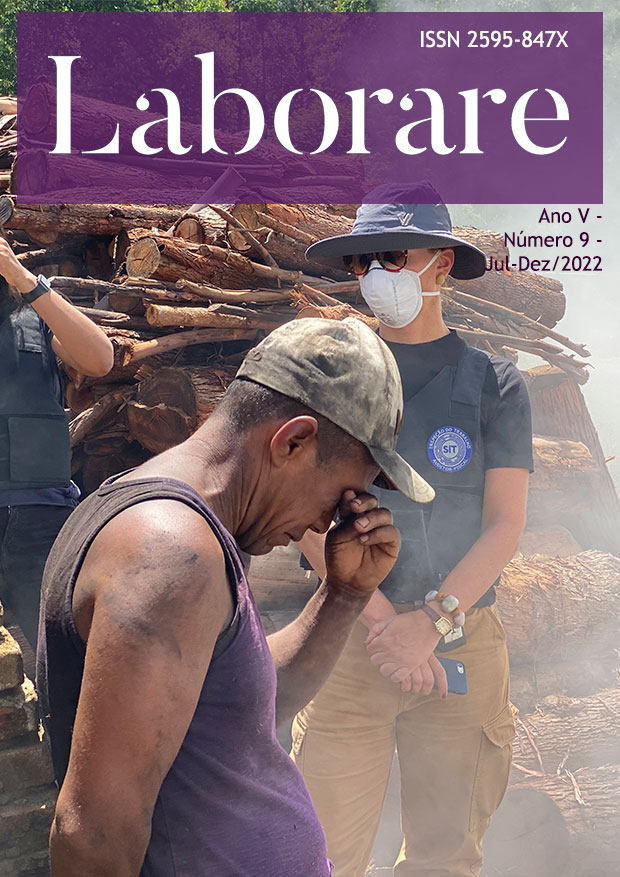Captivity of land and men: Espírito Santo and Brazil Verde farms and slave labor in the agricultural production chain from a historiographic perspective
DOI:
https://doi.org/10.33637/2595-847x.2022-153Keywords:
Land, Work, SlaveryAbstract
The literature on social conflicts in the Amazon demonstrates that the advance of capital over the region, under the pretext of promoting economic development, did not only imply conflict with indigenous people and squatters over possession of the land, which had become property, but also meant changes in the relations of the men with the land and, as a consequence of that model of development financed by the State through tax incentives, disseminated the anomaly of the capitalist mode of production, which began to adopt, on a large scale, slavery as a way of obtaining absolute surplus value. The objective of this article is to demonstrate, from a case study, from a historiographical perspective and based on documentary and bibliographic research, that the occurrences of slave labor on the Brasil Verde and Espírito Santo farms, especially in the 1980s and 1990s, evidence the chaining of land concentration and slave labor in the south of Pará. Based on the analyzed data, the hypothesis is that, in light of Law 10.803/2003 and Constitutional Amendment 81/2014, which reformed Article 243 of the Federal Constitution, the expropriation of properties caught in the case of slave labor for the purposes of Agrarian Reform is way of effectively confronting violence in the countryside, which is why such a provision needs to be defended and put into effect.
Downloads
Downloads
Published
How to Cite
Issue
Section
License

This work is licensed under a Creative Commons Attribution-NonCommercial-ShareAlike 4.0 International License.


